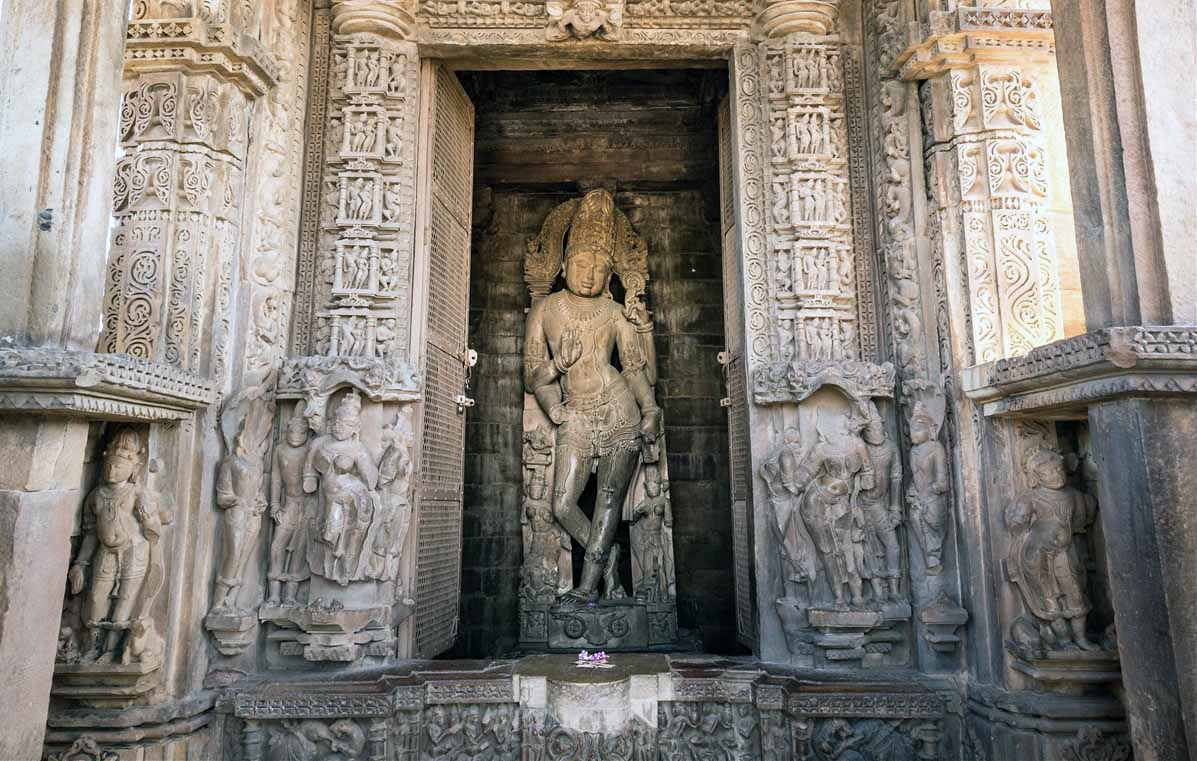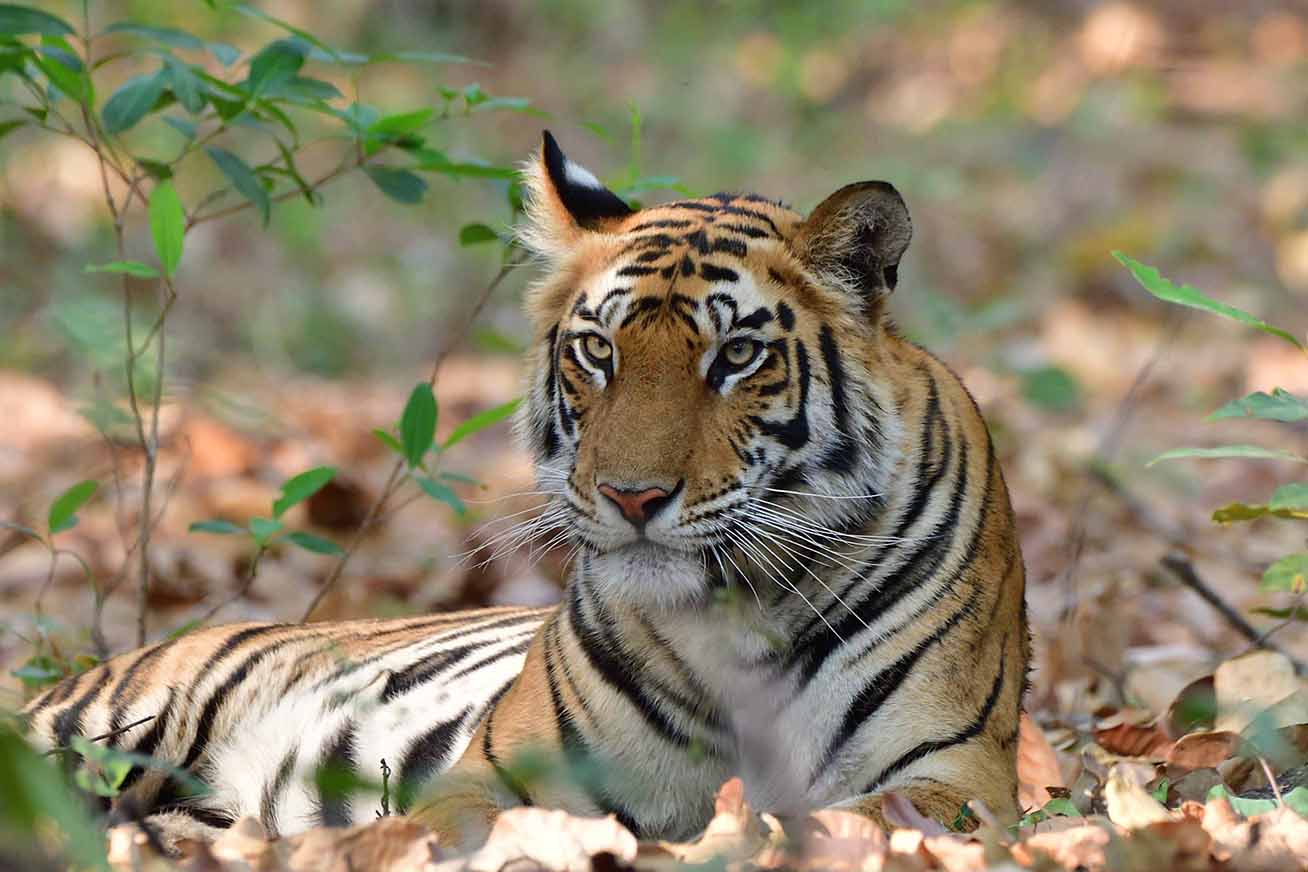Khajuraho
Famous For
Temples
Special Attraction
Kamasutra carvings
Best Time To Go
July – April
Peak Time
October – March
A UNESCO World Heritage Site, the spectacular group of temples at Khajuraho, built by Chandela dynasty between 9th and 10th century, are one of the seven wonders of India, second only to the incredible Taj Mahal.
Built over a span of 200 years (950-1050 AD), there were around 85 temples during that time which reduced to 22 and now it’s preserved by the State Government. Sprawled over an area of approx 20 sq.km in the northern eastern part of the state, Khajuraho is a popular tourist destination which are categorized into three sections including western, eastern and southern temples.
The sculptures highlights several facets of Indian life thousand years ago. Lovely stone friezes of gods, goddesses, heroes and kings, concubines, and many more would hail you as you journey to Khajuraho. The erotic sculptures of this place portraying Kama Sutra are completely unique in the world. Above all, it reflects a unique architectural talent which depicts royalty, courtship, marriage, spiritual teachings, meditation, kinship and intimate scenes of human emotions and relationships.
Romancing the stones
Tours to Khajuraho & Beyond
Key attractions

The Western Group: A Tapestry of Eroticism and Spirituality
The Western Group of Temples is the most renowned cluster and a captivating testament to the The Western Group of Temples, a dazzling symphony of sandstone, stands proudly as a testament to India’s architectural brilliance. The iconic Kandariya Mahadeva Temple, reaching for the sky with its intricately carved spires, is the focal point. Its walls are adorned with a mesmerizing array of sculptures depicting gods, celestial maidens, and everyday life in medieval India. The Lakshmana Temple, dedicated to Lord Vishnu, mesmerizes visitors with its finely detailed carvings. Scenes from the epics like the Mahabharata and Ramayana come alive on its walls. The Matangeshwara Temple, echoing with spiritual resonance, is an active place of worship where the devout gather in prayer, creating a tranquil atmosphere amid the historical grandeur. The Chitragupta Temple, dedicated to Surya (the Sun God), is a unique structure in the Western Group. Its distinctive architecture and the presence of Surya sculptures make it a captivating sight. The depiction of Surya riding a chariot drawn by seven horses is a testament to the artistic brilliance of the era.
The Eastern Group: Tranquillity and Spiritual Contemplation
The Eastern Group of Temples offers a serene contrast to the Western counterparts. Here, the Parsvanath Temple, adorned with delicate sculptures, exemplifies Jain architectural elegance. The Ghantai Temple, famous for its intricately carved pillars and ghanta (bell) motifs, emanates a peaceful ambiance, inviting visitors to meditate amidst its artistic grandeur. The Adinath Temple, the largest Jain temple in Khajuraho, boasts exquisite sculptures that reflect the Jain philosophy of non-violence and spirituality.


The Southern Group: Hidden Gems of Khajuraho
The Southern Group of Temples might be less frequented, but it holds its own charm. The Duladeo Temple, dedicated to Lord Shiva, stands as a testament to the architectural finesse of the Chandela dynasty. Its intricate carvings and elaborate sculptures showcase the devotion and skill of the artisans. The Chaturbhuj Temple, though incomplete, provides a glimpse into the grand vision the builders had in mind. Exploring these temples, often away from the bustling crowds, allows for a more intimate connection with Khajuraho’s rich heritage.
Light and sound show
The Khajuraho Light and Sound Show, set against the backdrop of the ancient temples, is a captivating experience. As evening falls, the show unfolds, narrating the history and spirituality of Khajuraho. Illuminated by colorful lights, the temples come alive with tales from the Chandela dynasty. The narration, accompanied by synchronized lights, reveals the mysteries of the structures and explores their deeper meanings. Enhanced by music and sound effects, the show creates an immersive atmosphere, transporting the audience to ancient times. Beyond its enchantment, the show preserves Khajuraho’s cultural heritage and attracts visitors worldwide, ensuring the tales etched in stone endure through generations.


Panna Tiger Reserve
Panna Tiger Reserve is just 25 km from Khajuraho, a short half-hour drive away. You can enjoy a half-day game drive in an open 4×4 jeep and return to Khajuraho by evening. While tiger sightings are always a matter of chance, they are regularly reported. Frequently sighted animals include spotted deer, sambar, blue bull, chinkara, four-horned antelope, langur monkeys, wild boar, and jackals. The gorges and waterfalls along the Ken River in the Reserve are breathtaking. The dry deciduous forest transforms dramatically from lush green in the monsoon to desolate dry grey in the summer. Scattered throughout the Reserve are relics from the Gondwana period, a testament to the rule of the tribal people of Central India.
Best time to visit
The best time to visit Khajuraho is during the cooler months, from October to March. During this period, the weather is pleasant, making it ideal for exploring the temples and other attractions. The weather is cool and pleasant, with temperatures ranging from 5°C to 32°C. This time is perfect for sightseeing, exploring the intricate carvings of the Khajuraho temples, and attending the Khajuraho Dance Festival in February.
From April to June, the weather becomes hot and dry, with temperatures soaring up to 45°C. This time is less ideal for extensive outdoor exploration due to the heat. However, early morning and late evening visits can still be enjoyable. The temples are less crowded during this period, providing a more serene experience.
From July to September, the monsoon season brings moderate to heavy rainfall, transforming the landscape into a lush and vibrant green. While the rain can make exploring a bit challenging, the reduced number of tourists and the verdant surroundings offer a unique and tranquil experience. The temples, glistening with rain, reveal a different kind of beauty, making this an ideal time for photography, capturing the impressive structures against the contrasting greenery.



